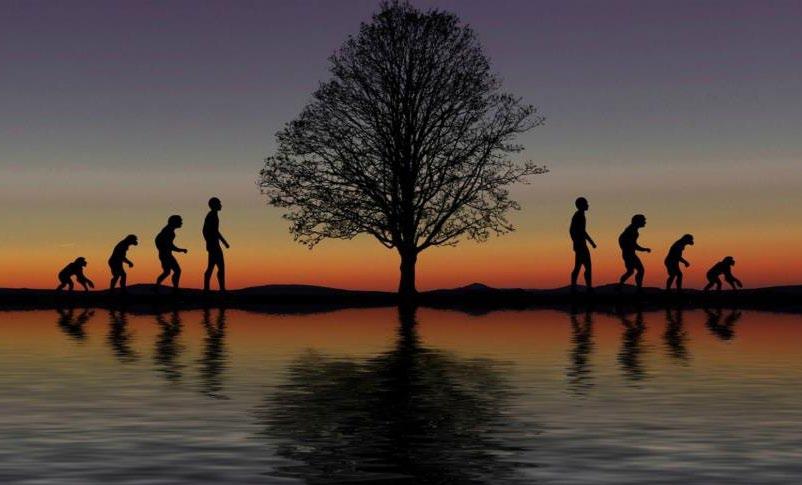Mombasa should diversify menu to attract local tourists By Boniface Mwalili Sun, sand and coconuts; it sounds like the coast, doesn’t it? As a matter of fact, no other destination in Kenya offers this specific combination of natural delights. For centuries, the Kenyan Coast’s stunning beaches, enchanting cuisine and warm people have drawn millions of visitors from far and wide. Among the dozens of beach towns and islands that dot Kenya’s coastline, the city of Mombasa remains by far the busiest and most popular destination for local and international travellers. In recent years, the cosmopolis City has undergone a gradual transformation in an effort to reclaim its historical status as a global business and tourism hub. Infrastructure projects such as expansion of ports, strategic road upgrades and outstanding real-estate developments all demonstrate Mombasa’s tremendous growth. Traditionally, Mombasa has heavily relied on international holiday-makers who flock the City’s hotels and beaches during the northern hemisphere’s cold seasons. With the decline of international travel in the wake of the Covid-19
62
|
JANUARY - MARCH 2021
pandemic, domestic tourism has been touted as a potential lifeline for tourism dependent towns such as Mombasa. Tourism players have therefore been encouraged to develop new products that will drive walk-in local customers to their establishments and boost occupancy. For the majority of Kenyans, hotels are considered an out of reach luxury. To bridge this gap, hotels and travel destinations will need to deliberately design products that will appeal to local customers both in terms of experience and cost. Wellness-themed activities such as school competitions, corporate workout sessions or water sport events would be a timely addition. Promote cultural richness Spaces such as the revamped Mama Ngina Waterfront and Swahilipot Hub could host regular family-friendly cultural activities to create a vibrant ambience for locals and visitors. Experiences could also be designed to boost the exotic coastal street food culture. The unique Swahili dress code comprising lesos, deras and kanzus should also be mainstreamed as part of
our formal and national dress. Mombasa is richly endowed with unique resources that could offer long term reprieve to those affected by the tourism sector’s decline. Research by the Jomo Kenyatta University of Science and Technology (JKUAT) identified the coconut plant as one of the region’s most underutilized natural resources despite its immense value and abundance. As a long-term intervention, the edible plant which is used to make skin & hair care products, food additives, cooking oils, furniture and mats among other items could hold the key to unlocking Mombasa’s manufacturing potential. Implementing such interventions will require a well-coordinated approach from multiple stakeholders. A revamp of the city’s visual identity would provide a good starting point around which to rally local, regional and international players while building excitement around this new strategic direction. A relatable symbol, like a new emblem bearing an image of a coconut, would herald a new promise for Kenya’s first capital City.





